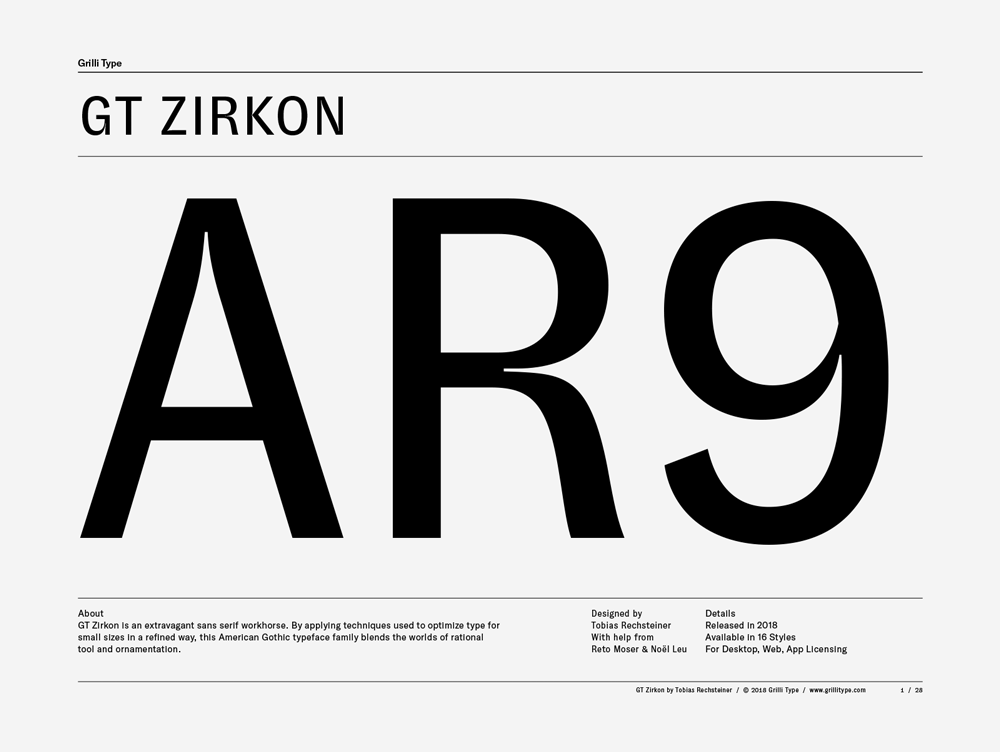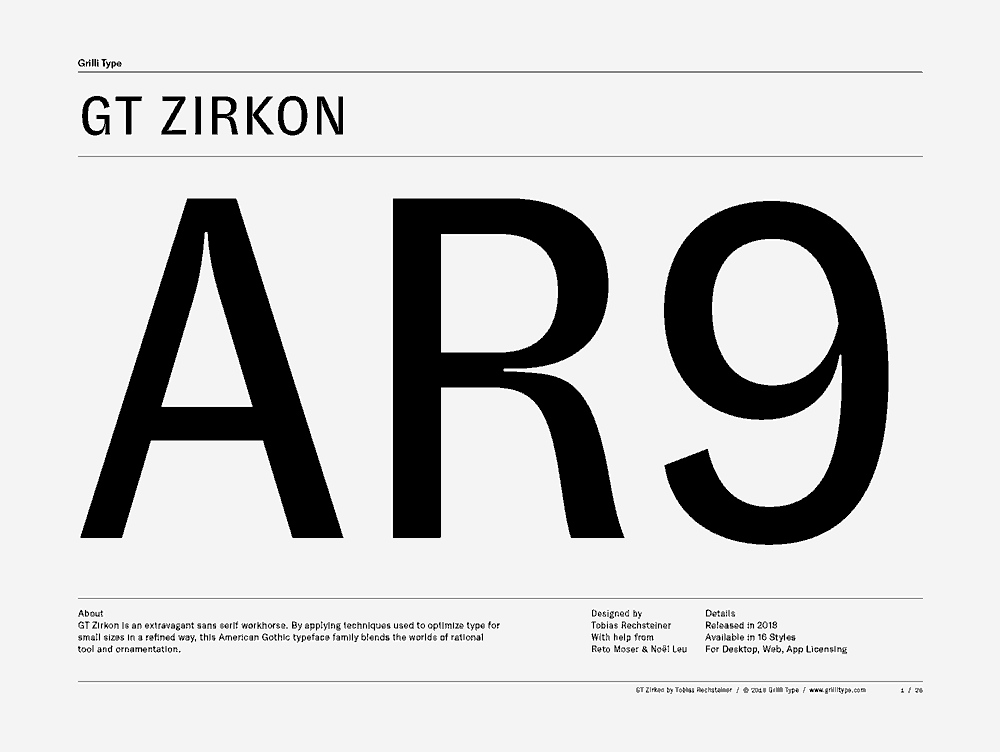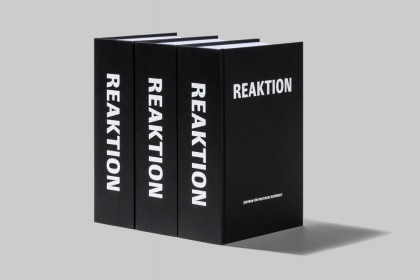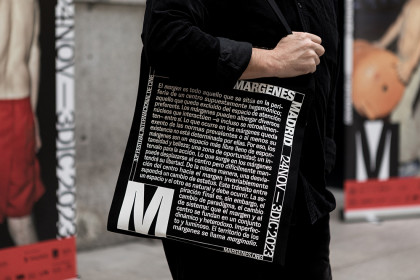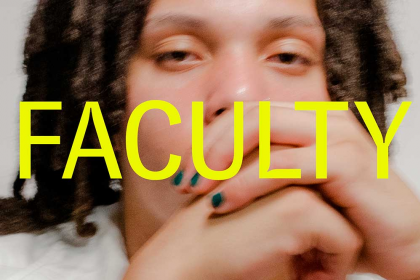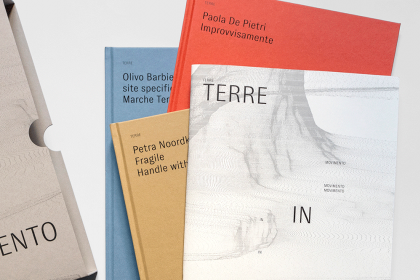GT Zirkon
Family overview
- Ultra Light Italic
- Thin Italic
- Light Italic
- Book Italic
- Regular Italic
- Medium Italic
- Bold Italic
- Black Italic
- Ultra LightThe green coloring in many rounded pebbles usually indicates the Zircon is radioactive variety.
- Ultra Light ItalicCurrently, zircons are typically dated by uranium-lead (U-Pb), fission-track, cathodoluminescence, and U+Th/He techniques.
- ThinIn crystal growth, combinations of light intensity, light color, electric current, sound, the direction of these, plus the shape and size (frequency pattern) of the container or room, will all affect the final characteristics and energy potentials of a desired stone.
- Thin ItalicZircons from Jack Hills in the Narryer Gneiss Terrane, Yilgarn Craton, Western Australia, have yielded U-Pb ages up to 4.404 billion years
- LightMineral classification schemes and their definitions are evolving to match recent advances in mineral science.
- Light ItalicAs short and stubby crystals, as well as prismatic which are sometimes elongated.
- BookRadioactive dating shows that the zircon crystals were formed more than 4 billion years ago.
- Book ItalicCommercially valuable minerals and rocks are referred to as industrial minerals.
- RegularZircons from Jack Hills in the Narryer Gneiss Terrane, Yilgarn Craton, Western Australia, have yielded U-Pb ages up to 4.404 billion years
- Regular ItalicCursed gems are the exception to the rule, however, for in most respects, gems and crystals are generally looked upon favorably, having properties for good luck, for healing, and in aiding in psychic abilities.
- MediumRadioactive dating shows that the zircon crystals were formed more than 4 billion years ago.
- Medium ItalicNew York University chemists have created three-dimensional DNA structures, a breakthrough bridging the molecular world to the world where we live.
- BoldResearchers found that same carbon 12 isotope in the diamond specks, indicating that they may have been formed from ancient microbes that were buried deep underground and subjected to enormous pressure.
- Bold ItalicSome rocks, such as limestone or quartzite, are composed primarily of one mineral—calcite or aragonite in the case of limestone, and quartz in the latter case.
- BlackRecent experiments, for example, have shown that crystals grow five times faster when their supersaturated solution is subjected to frequencies of 10 to 100 cycles a second.
- Black ItalicRadioactive dating shows that the zircon crystals were formed more than 4 billion years ago.
- Settings
Typeface information
GT Zirkon is an extravagant sans serif workhorse. It blends the worlds of rational tool and ornamentation by applying techniques used to optimize type for small sizes in a refined way.
Typeface features
OpenType features enable smart typography. You can use these features in most Desktop applications, on the web, and in your mobile apps. Each typeface contains different features. Below are the most important features included in GT Zirkon’s fonts:
- SS01
- Alternate Arrows
Volume ↗
- SS02
- Alternate f
Refraction
- ONUM
- Oldstyle Figures
0123456789
- SMCP
- Small Caps
Ore Deposit
Typeface Minisite
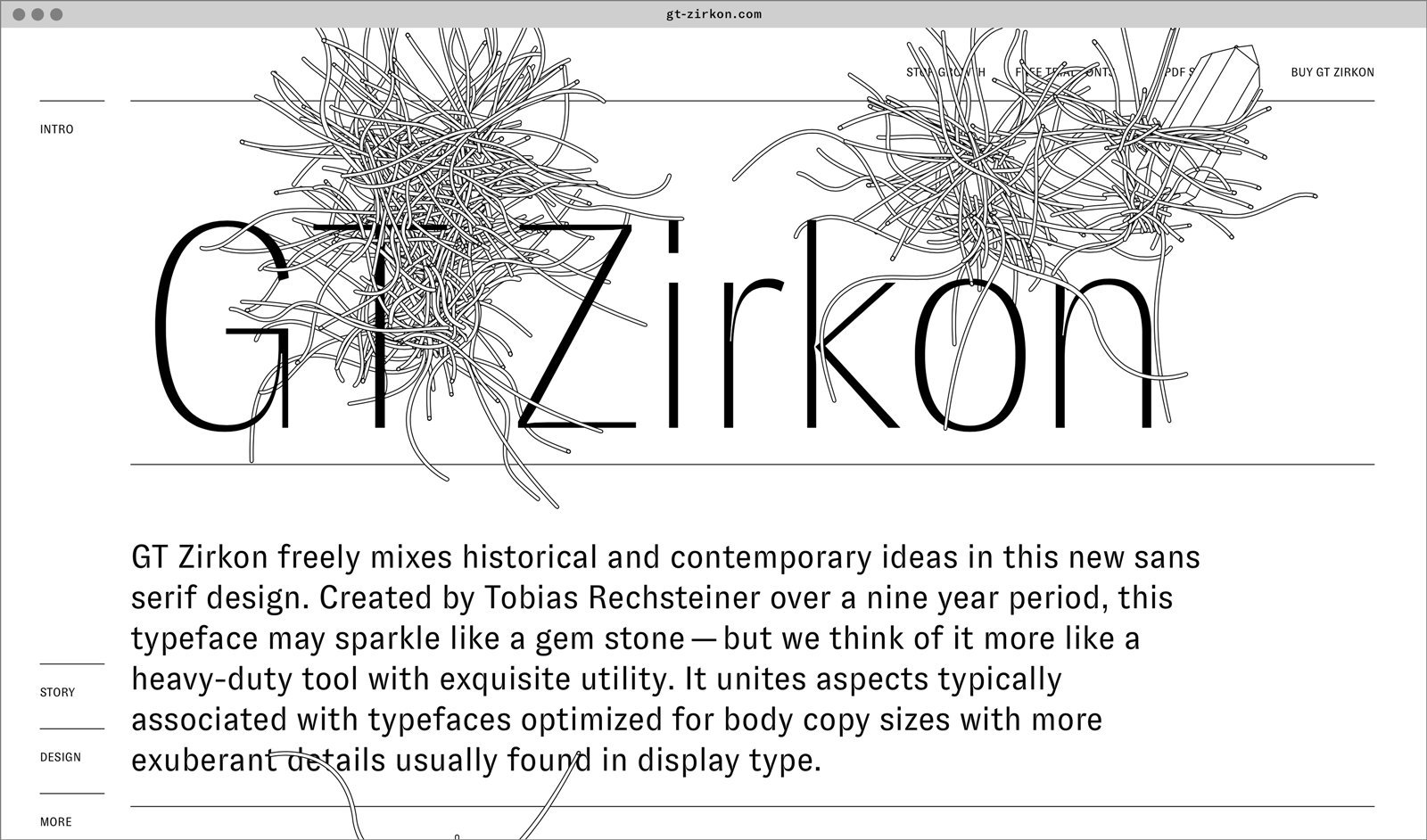
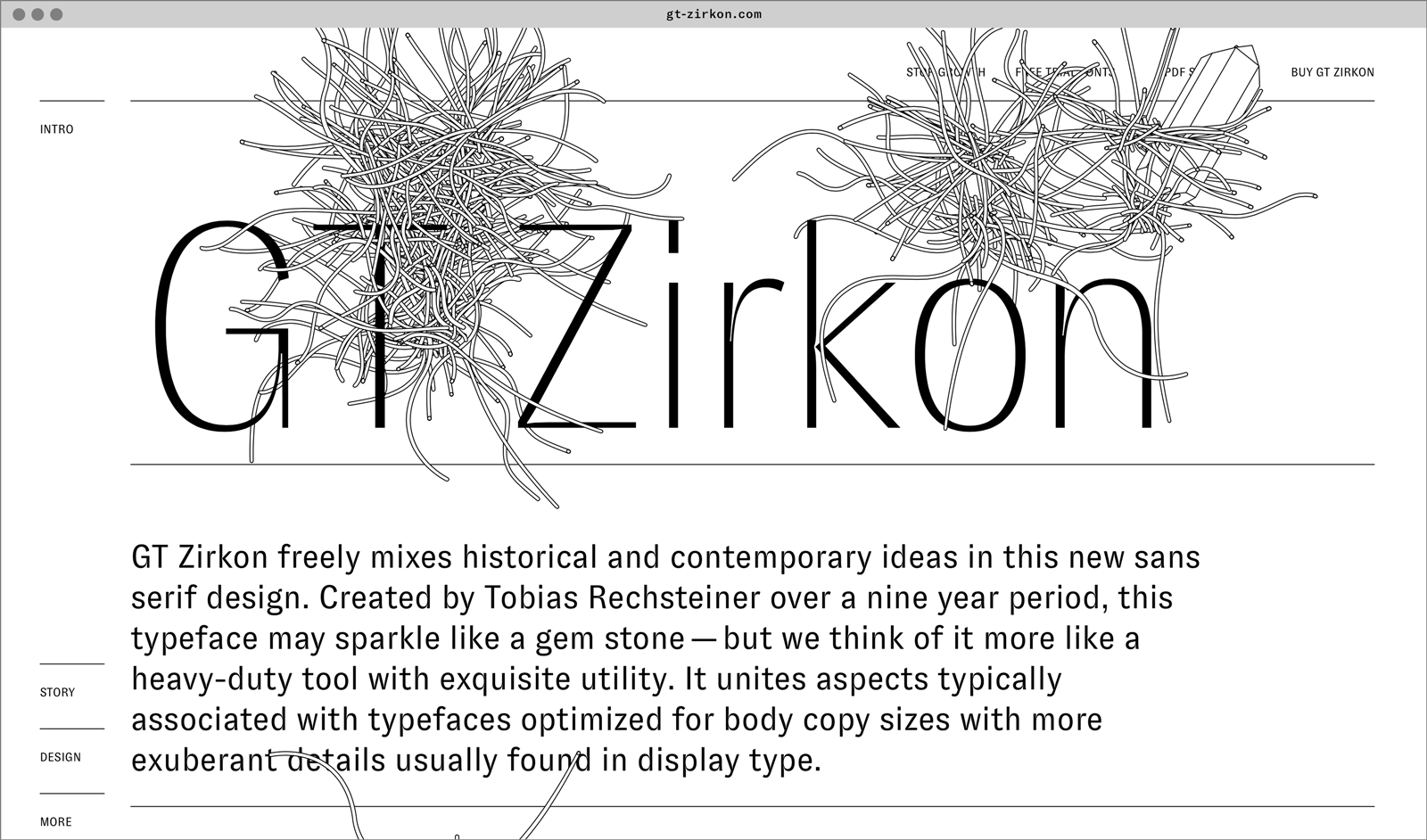
- Visit the GT Zirkon minisite to discover more about the typeface family’s history and design concept.
GT Zirkon in use
